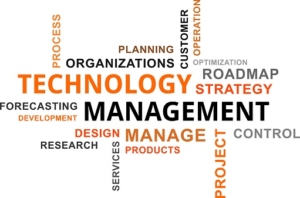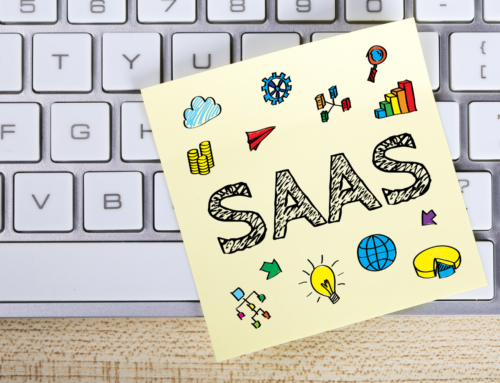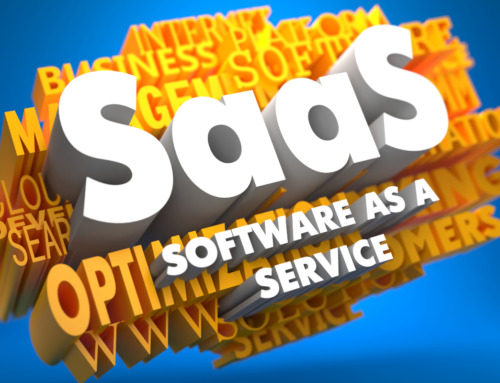SaaS products have become increasingly popular in recent times. The huge public response to SaaS products like Slack, Hubspot, Salesforce shows the huge potential of SaaS product development. Before we learn about how to create a perfect roadmap, let us learn what is SaaS product development and why is it necessary to develop a roadmap.

An image showing Product Roadmap planning
What is SaaS Product development?
SaaS Product development is the development of products that users can access online if they have a license. Unlike traditional products development, SaaS products don’t need downloading and can be viewed online directly via the browser.
What is a roadmap and why is it necessary to create one?
A roadmap is a document which guides the entire product development team about various product development aspects. It is necessary to create a roadmap to have clarity about all aspects of product development and inform stakeholders about the process of product development. Normally, the product manager creates the roadmap.
Steps to create the perfect roadmap for SaaS Product development
1) Create a product vision
The product vision must include the product features, software quality, the target audience for the product, solutions provided by the product and its value based on recent trends. This product vision will help to shape the product strategy.
2) Do a competition analysis
Analyze competitors who have created similar products so that you can have an idea about how to make your product better and include aspects related to product features as a part of your roadmap. You can also do this by checking comments, blog pages or support pages where users discuss your competitors’ products.
3) Describe roadmap goals
The goals must be concrete and easy to measure using various tools. Some of the goals could be customer satisfaction, expansion, including advanced technology features in the product, making products compatible with different formats etc.
4) Select the type of roadmap you wish to create
It is necessary to research various product roadmap examples before selecting the type of roadmap.
Choose from the following kinds of road maps:
1) A roadmap on a specific theme
Such a roadmap will be based on a particular topic and tasks will be listed based on that particular topic. For example- A roadmap for the topic “Make the product compatible with other platforms.”
2) A roadmap focusing on product features
Such a roadmap will contain a list of tasks focusing on features instead of on some specific theme. You can use a feature based roadmap for a newly created product, when requirements for products don’t change often or when new features are released at a specific time.
3) A roadmap for a single product
Such roadmaps are designed to focus on all aspects of a single product.
4) A roadmap for multiple products
Such roadmaps are designed to coordinate different aspects about different products in the organization.
5) A customer-specific roadmap
Such roadmaps show customers the product’s recent improvements, bug fixes and new features.
5) Specify the users who have access to the roadmap
The following approaches can be used:
1) Create separate roadmaps for executive authorities, internal employees of the organizations and allow access to specific users.
2) Allow access to the roadmap to stakeholders along with employees of the organization.
3) Allow access to the roadmap to customers for the product.
6) List down the resources that will be required
It is important to define which software, document management systems, technical requirements, human resources, budget and other resources which will be required for the product.
7) Create a hierarchy of tasks
Create a well-defined list of tasks based on priority. For example-high priority tasks, medium priority tasks and low priority tasks. This will give the product development team a clear idea what to do. Also while prioritizing the tasks, it is important to consider opinions of the entire team and limit the number of tasks which require priority.
8) Use SaaS roadmap tools for building and managing the roadmap
You can use Powerpoint Presentations and Google spreadsheets to build a roadmap. You can also use various product roadmap softwares to build your roadmap. Towards the end of this blog, I have listed down top 6 project roadmap tools which you can use.
9) Keep rough time-frames for the task
It is important to keep rough time-frames for the tasks so that the process of product development goes on smoothly. Every task must have a time-frame based on priority, difficulty level and technical requirements.
10) Include metrics to measure you task goal as part of your roadmap
Choosing metrics helps to analyze if any progress has been made on the task goals or not. One should avoid using metrics that look good but no action can be taken based on those metrics. Likes on Facebook, Instagram, LinkedIn, the number of people who have viewed your product page are examples of such metrics. Instead, one should use metrics which can be measured- for revenue earned.
11) Include relevant conclusions about customer feedback as a part of your roadmap
Customer feedback is very important to know about which features need improvement and which new features need to be added about the product. After gathering customer feedback from surveys, comments, interviews and analyzing it, it is possible to decide which product aspects require more priority and which changes need to be made.
12) Mention the challenges for creating your product
A good roadmap always includes the challenging areas for various product aspects. These challenges can be related with project activities, resources or any external factor which can lead to delay in task execution or increase the allotted budget. This helps to find solutions for these problems.
13) Mention tentative release dates for product features in the roadmap
Mentioning tentative release dates will give clarity to stakeholders and customers about the timeline for new or updated product features. It will also help to give the product development team clarity about the time it should take to develop the particular feature. The tentative release dates must be realistic, considering all aspects like technical requirements, budget, availability of resources etc.
14) Other aspects while creating a product roadmap
- A product roadmap must have a single owner and only the owner should have the authority to add or remove items.
- The project roadmap should be realistic otherwise there will be delays and other problems while executing the project.
- Highlight every important aspect of your roadmap with a different color.
- Divide the roadmap into logical groupings of topics that help the viewers easily understand the roadmap.
- Don’t add too long descriptions or too long titles as that will make the roadmap difficult to read.
- Use more visual elements. The product roadmap visualization makes sure that the audience doesn’t lose focus of the roadmap.
- Save versions of earlier roadmaps so that you have accurate records of which product development tasks are done, pending, changed or not executed.
- Include the percentage of the task completed as a part of the roadmap so that you can clearly map your progress.
15) Review the roadmap after specific intervals of time
It is important to review the roadmap after intervals of time to accommodate current trends in SaaS product development. A startup has to review the roadmap more frequently than an established organization.

How to know if your roadmap is not working
You can understand if your product roadmap is not working if any of the following scenarios occur:
1) The roadmap changes very frequently.
2) There is no consensus in the product development team regarding tasks and priorities mentioned in the roadmap.
3) The achievement of tasks cannot be measured using metrics and no concrete progress has taken place over the tasks.
Top 6 product roadmap softwares
1) Airfocus- Airfocus offers integration with Trello, Asana, Zapier, MS Planner, GitHub, Clubhouse, Jira etc. It also analyzes which product features are getting more response and then gives those features a higher score. It also provides a Kanban board to manage project tasks easily and track the progress of project tasks. Airfocus also has many SaaS product roadmap templates based on categories such as templates for products, technology, agile sprint, feature roadmaps etc.
2) Asana– Asana is a SaaS product development software that provides options to create lists, add charts, columns and sections. It offers smooth integration with more than 100 project software tools. Slack, Jira Cloud, Microsoft Teams, Harvest, Instagantt are some of the tools Asana can be easily integrated with. It also gives users the option to insert references for guidance.
3) Roadmunk- Roadmunk provides many SaaS product roadmap templates which can be easily customized. These templates are based on categories like product, marketing, project, technology etc. It also provides additional features such as a prioritization score for tasks and add file attachments. It also gives users to export roadmaps as URLs or in PNG and HTML formats. It also offers smooth integration with Jira software.
4) ProductPlan- Product plan is a SaaS roadmap software that offers layouts like Table and Portfolio which can be easily customized. It also has a drag and drop editor along with the option to publish the roadmap securely using a private link. It also offers smooth integration with Slack, GitHub, Jira, Trello and many other project management tools.
5) ProdPad– ProdPad helps users add their priorities into cards and use colours to highlight priorities. It also has a drag-and-drop feature for adding details, priority based charts, efforts based charts, a portal for customer feedback along with the option to export data.
6) Roadmap Planner- Roadmap Planner is a SaaS product development software that provides options to use Gantt charts, create teams, assign tasks, remove users from the team etc. Roadmap Planner also allows users to add project milestones and include the necessary resources required for the milestone. It also gives the option to hide the completed tasks and view only the active project tasks.







Leave A Comment